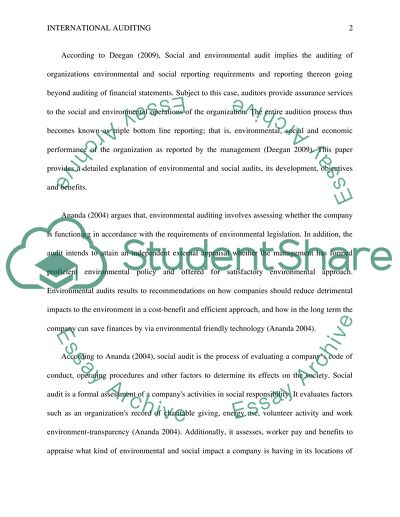Cite this document
(International Auditing: Environmental and Social Audits Term Paper, n.d.)
International Auditing: Environmental and Social Audits Term Paper. Retrieved from https://studentshare.org/finance-accounting/1662077-international-auditing
International Auditing: Environmental and Social Audits Term Paper. Retrieved from https://studentshare.org/finance-accounting/1662077-international-auditing
(International Auditing: Environmental and Social Audits Term Paper)
International Auditing: Environmental and Social Audits Term Paper. https://studentshare.org/finance-accounting/1662077-international-auditing.
International Auditing: Environmental and Social Audits Term Paper. https://studentshare.org/finance-accounting/1662077-international-auditing.
“International Auditing: Environmental and Social Audits Term Paper”, n.d. https://studentshare.org/finance-accounting/1662077-international-auditing.


